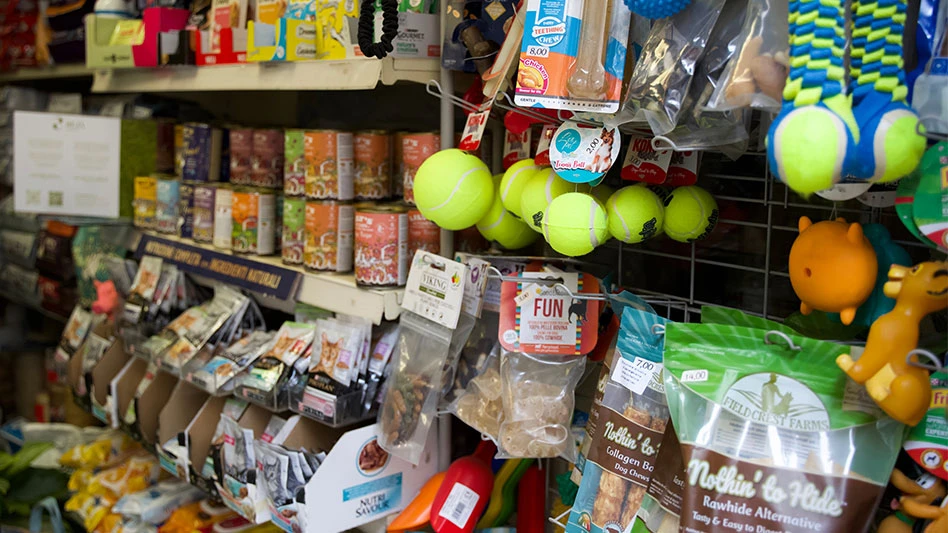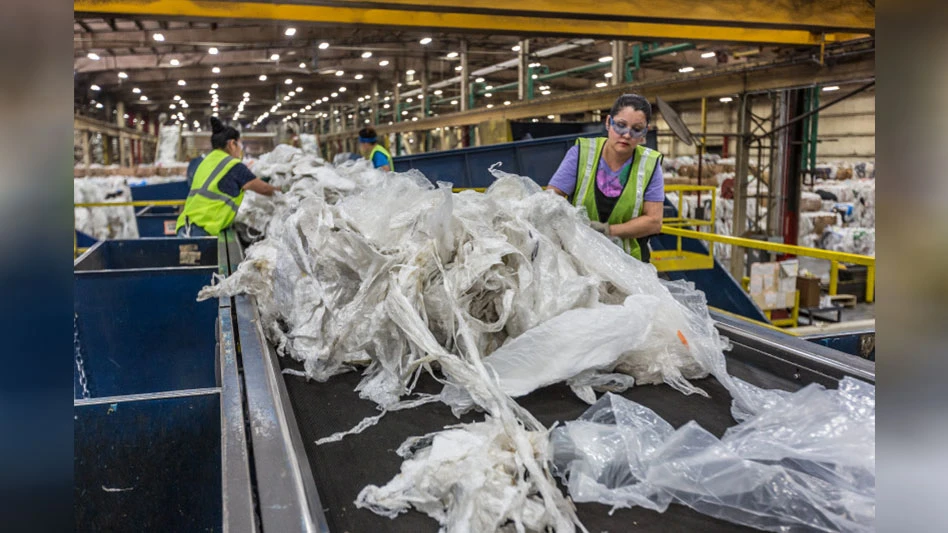During the 2011 Waste Expo, held May 9-12 in Dallas, attendees at a session titled “Plastics Recycling Markets: Room for Growth” heard about how demand for many post-consumer plastics grades is much greater than the supply being generated.
Tamsin Ettefagh, vice president of Reidsville, N.C.-based Envision Plastics, said that Envision recycles high-density polyethylene (HDPE) and uses it to make post-consumer resins (PCR) that are used in packaging and other products.
Ettefagh remarked that even though the price for many types of PCR is greater than the cost of virgin material, Envision is still able to sell it.
Ettefagh’s gave her view that the quality of feedstock is diminishing partly because of single-stream programs that are not well thought-out. New types of packaging or other materials coming into material recovery facilities (MRFs) also are contributing to quality issues, said Ettefagh.
On the plus side, significant new demand is being by fueled by renewed “green” initiatives, corporate sustainability requirements and technologies that enhance properties of PCR, she said.
Polypropylene is the grade of plastic that is used the most in the world but is recycled the least, said Ettefagh. It is an area of growth in the plastic market, demonstrated by the fact that in just two years’ time prices for it have doubled, she added. Ettefagh noted that there is a large volume of the material—an estimated 17 billion pounds in North America, of which only 350 million pounds are being recycled. An estimated 2 billion pounds of polypropylene is being used in what Ettefagh described as short-lived products.
HDPE isn’t the only post consumer plastic that is experiencing a high level of demand. Matt Hardymon of Custom Polymers PET, Athens, Ala., told attendees at the session that his company is getting 240 potential buyer leads per month, and the company’s supply of recycled PET (polyethylene terephthalate) isn’t able to keep up. “We need to collect more,” he said.
He estimated that 27 percent of PET bottles are being recycled in the U.S., but in order to meet current demand, the recycling of PET bottles needs to double.
Get curated news on YOUR industry.
Enter your email to receive our newsletters.
Latest from Recycling Today
- Textile Recycling Expo USA launches in Charlotte, North Carolina
- SSAB trials using crumb rubber from scrap tires in steelmaking
- EGA Spectro Alloys begins aluminum billet production
- Tariff on copper could be looming
- Lefort Trax 1375 model on the job in Indiana
- Sennebogen demolition unit gets new leaders
- TerraSafe launches plastic-free products following merger with DisSolves
- University of Richmond wins first place in Campus Race to Zero Waste






